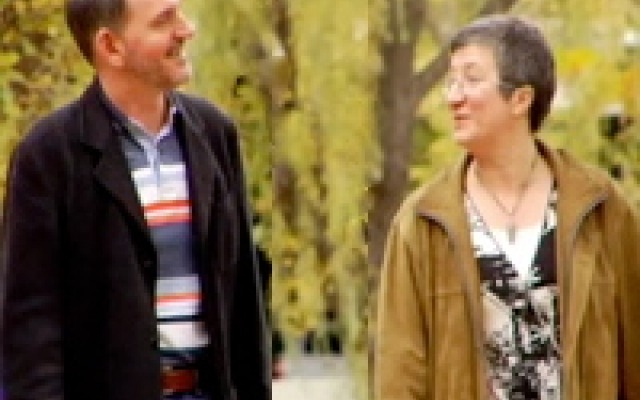faculty
Designing Contracts for University Spin-offs

Professors Inés Macho-Stadler and David Pérez-Castrillo (BSE and UAB), together with Professor Reinhilde Veugelers (Catholic University of Leuven), have researched the optimal model for designing contracts for university spin-offs.
The theoretical model for designing academic spin-off contracts between the university technology transfer offices, the researcher, and the venture capitalist was revealed in their paper "Designing Contracts for University Spin-offs", published in the Journal of Economics and Management Strategy in spring 2008.
"A spin-off is a process that begins with the development of an innovative new technology at a university or research center and leads to the creation of a new technology company that successfully enters the market," explains Professor Pérez-Castrillo. "The new spin off company and the originating entity share part of the entrepreneurial risk and possible success through different forms of joint ventures. The problem is, these ventures often fail. We sought to develop a model that works."
University spin-off formation rate is often seen as a key indicator of the quality of the industry-science links of a country or region. Despite the fact that a significant amount of research has been devoted to analyzing academic spin-offs, the processes governing their formation and success are still not well understood.
Because university inventions are usually at embryonic stage, they often require spin-off companies to transform the inventions into commercial products or services. The origins of successful businesses such as Google, Lycos and Genentech are found in the minds and labs of university researchers. However, for every successful spin off company there are many more failed attempts. "For example," says Professor Macho-Stadler, "in between 1980 and 1986 only 18% of all spin-offs from MIT went public, and this is much higher rate of success than the average firm. We wanted to get a clear idea of what makes a spin off more likely to succeed."
The researchers used a combination of empirical analysis and case studies to develop a theoretical model for designing academic spin-off contracts between the university technology transfer offices, the researcher, and the venture capitalist. In particular, they examined the case of the Catholic University of Leuven in Belgium to demonstrate how technology transfer offices can aid in creating successful spin offs. The university has successfully created 70 spin-off companies that have generated a turnover of 400 million Euros and employed more than 2000 people.
After studying the case of Leuven, the researchers determined that perhaps the most significant factor explaining Leuven's technology transfer office's success in creating spin-offs is its incentive system. "Whereas the incentive system within the departments and faculties of the university uses promotion up the academic ladder" explains Professor Macho-Stadler, "Leuven has developed an incentive system that is based on budgetary flexibility and financial autonomy." Research divisions, individuals and the university technology transfer office are entitled to participate both intellectually and financially in the spin off companies that they develop.
Applying this to general policy guidelines, the researchers propose that the optimal contract should entail the allocation of founder shares to the researcher to secure their participation in the venture. However, it may also require them to be financially involved in the project. "Even if the unit cost of the capital provided by the venture capitalist is lower than the unit cost of the capital owned by the researcher," concludes Professor Pérez-Castrillo, "the allocation of financial shares to the latter may be the only way to make sure that she really has an incentive to put effort into the venture."
Related Links
Full text of paper “Designing Contracts for University Spin-offs”
